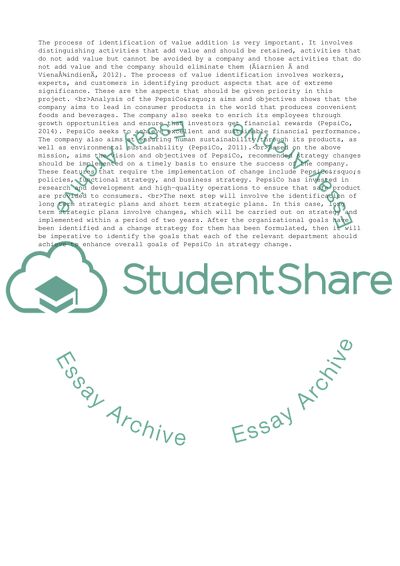Cite this document
(The Implementation Program of PepsiCos Strategy Change Case Study, n.d.)
The Implementation Program of PepsiCos Strategy Change Case Study. Retrieved from https://studentshare.org/management/1649190-ceo-project-pepsico
The Implementation Program of PepsiCos Strategy Change Case Study. Retrieved from https://studentshare.org/management/1649190-ceo-project-pepsico
(The Implementation Program of PepsiCos Strategy Change Case Study)
The Implementation Program of PepsiCos Strategy Change Case Study. https://studentshare.org/management/1649190-ceo-project-pepsico.
The Implementation Program of PepsiCos Strategy Change Case Study. https://studentshare.org/management/1649190-ceo-project-pepsico.
“The Implementation Program of PepsiCos Strategy Change Case Study”, n.d. https://studentshare.org/management/1649190-ceo-project-pepsico.


